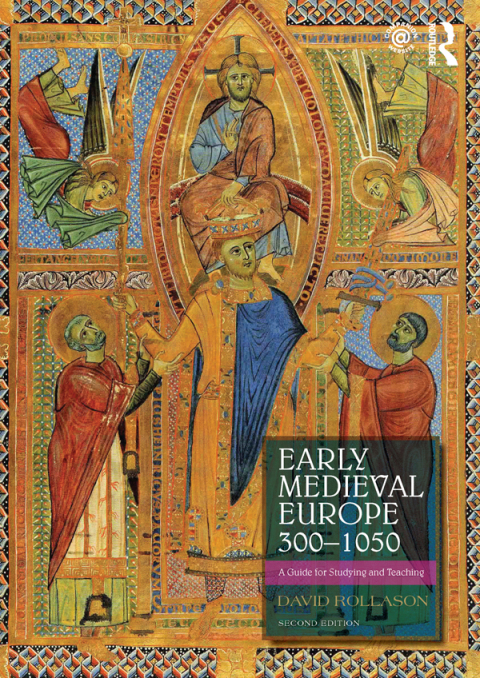Description
Efnisyfirlit
- Cover
- Half Title
- Title Page
- Copyright Page
- Dedication
- Table of Contents
- List of figures
- List of maps
- Preface
- Companion website resources
- Part I Introduction
- 1 Why study this period?
- Formative character
- Challenges to study
- This book’s aims
- Questions, models, and experiments
- Part II Empires and peoples
- Introduction
- 2 From Roman Empire to barbarian kingdoms: cataclysm or transition?
- The First Doom and Gloom Model
- The Second Doom and Gloom Model
- The Deliberate Roman Policy Model
- Companion website resources
- Research and study
- 3 The dismemberment and survival of the Byzantine Empire
- The First Doom and Gloom Model
- The Second Doom and Gloom Model
- The Deliberate Byzantine Policy Model
- Companion website resources
- Research and study
- 4 The Arab conquests
- Approach 1: Accepting the validity of the written sources
- Approach 2: Being sceptical of the sources
- Approach 3: Reading back from the heyday of the Umayyad and ‘Abbasid caliphates
- Companion website resources
- Research and study
- 5 The making of peoples
- The Biological Model
- The Constitutional Model
- Why did peoples form?
- Companion website resources
- Research and study
- Conclusion
- Timeline: Part II
- Part III Power and society
- Introduction
- 6 Pagan, Roman, and Christian beliefs about rulers: ideological power
- Paganism and rulership
- Roman ideology and kingship
- Christianity and rulership
- Companion website resources
- Research and study
- 7 Edicts, taxes, and armies: bureaucratic power
- Written documents
- Oral communication, symbolism, and ritual
- Government departments and staff
- Capabilities of governments
- Companion website resources
- Research and study
- 8 Kings, warriors, and women: personal power
- War-bands
- Feasting, drinking, and the hall
- The social pyramid
- Aristocratic elites
- The role of women
- Nearness to the king
- Companion website resources
- Research and study
- Conclusion
- Timeline: Part III
- Part IV The economic foundation
- Introduction
- 9 Trade as a driving force?
- Pirenne and his critics
- The nature of the Roman and Byzantine economies
- The economic influence of the Arab caliphate
- Decline and revival of trade?
- Companion website resources
- Research and study
- 10 Cultivating the land: the basis of European society?
- The continuity of Roman agriculture
- An agricultural revolution?
- Companion website resources
- Research and study
- 11 Towns and cities: the functions of urban life
- The fate of Roman cities
- Functions of cities and towns
- Growth of cities and towns
- New towns
- Cities and towns as tools of power
- Companion website resources
- Research and study
- Conclusion
- Timeline: Part IV
- Part V The Church’s triumph
- Introduction
- 12 Conversion to Christianity
- The Roman Empire
- The barbarians within the Roman Empire
- Conversion outside the former Roman Empire
- Companion website resources
- Research and study
- 13 The success of monasticism
- ‘Bottom-up’ model
- ‘Top-down’ model
- Companion website resources
- Research and study
- 14 The power of bishops and popes
- Bishops and popes in the Church hierarchy
- The resources of popes and bishops
- Bishops and popes in the world
- Companion website resources
- Research and study
- Conclusion
- Timeline: Part V
- General Conclusion
- Sources
- References
- Image credits
- Index






Reviews
There are no reviews yet.